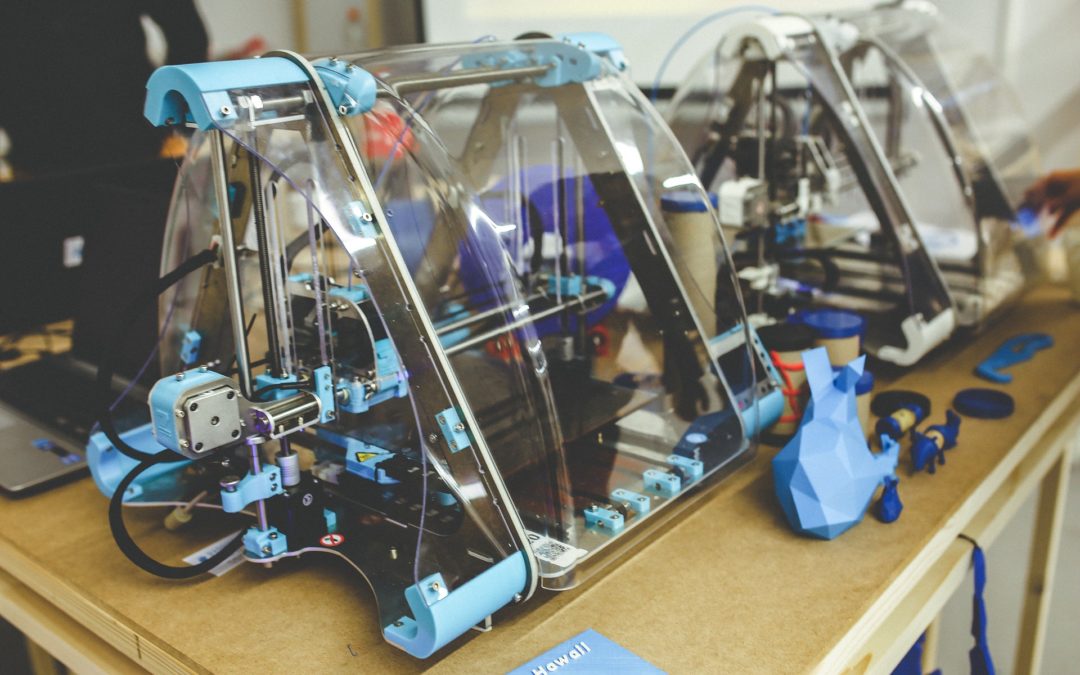As 3D printing technology advances, more industries will adopt it to further their efforts. This is especially true for medicine and healthcare, where strong nanomaterials have the ability to create more effective treatments. 3D printing represents a huge opportunity for pharmaceutical, medical device, and other healthcare-related companies to design groundbreaking drugs, rapidly produce medical implants, and streamline the way doctors and surgeons provide care to patients.
3D printing technologies have already been used in a number of applications, including cardiothoracic surgery, cardiology, gastroenterology, neurosurgery, and many more specific fields. So far, however, we’ve barely tapped the technology’s potential in healthcare-related applications. There are high expectations for what we can expect from this technology going forward. The most probable and most talked-about developments include:
Implantable Organs and Tissue
3D-printed organs will likely become available soon, which would be a game changer for patients in need of organs. Manufactured organs would reduce waiting time (and waiting lists), allowing surgeons to treat more people in need of life-saving operations. This also includes tissues and synthetic skins for transplanting and/or for pharmaceutical and cosmetics testing.
Preoperative Planning
Custom-designed 3D-printed anatomical models are becoming useful new tools for personalized patient treatments. By integrating clinical and imaging information, surgeons will have the ability to perform individualized preoperative planning, resulting in less time spent in the operating room and fewer complications. Doctors can create 3D models of an individual patient’s anatomy, which aids in planning one’s surgical approach and allows doctors to fit prosthetics in advance.
Customized Surgical Tools and Prostheses
3D printing can be used to produce patient-specific implants or surgical guides and instruments. Customized tools and prostheses equate to better outcomes and lower costs.
Customized Pharmaceuticals and Devices
These technologies have the ability to provide unprecedented benefits to the industry, which is under increasing pressure to reduce costs and improve care. 3D drug printing can customize a drug’s outer layer to control absorption time in a patient’s system, and also allows for dosage personalization. We’ll also see faster production of new device designs and/or improvements to existing ones. Everything from hearing aids to dental implants to eyeglasses could be designed to fit and operate more effectively and be produced more quickly.
Medical Education
3-D printed, patient-specific models can speed student learning and make it possible to present students will a range of different physiologic and pathologic anatomy, which better prepares them for future practice and enables all schools, regardless of resources/budget, to provide such instruction. It also allows the introduction of rare pathologies to medical students that wouldn’t otherwise have exposure in such training. Likewise, 3D printing can assist doctors with educating patients on their own conditions since it’s much easier to understand 3D representations of anatomy rather than asking patients to examine 2D images from CT or MRI scans.
Clearly, 3D printing has the potential to significantly alter and improve the clinical field, making huge advancements to our medicine and healthcare. As printers evolve and safety regulations are instituted, this technology offers more and more promise for our future.
